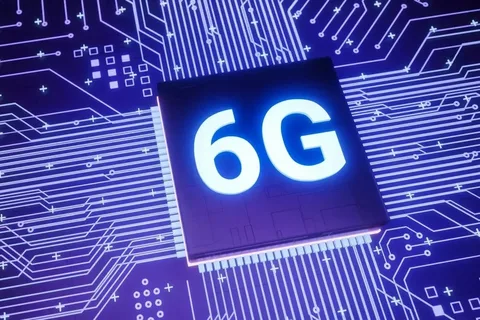
Messaging is today a part of our online lives, changing the way we interact with friends, family, businesses, and brands. As the parent company of three of the world’s biggest messaging apps, WhatsApp, Messenger, and Instagram Direct, Meta’s in the best position to build the future of private messaging.
Meta has recently laid out its ambitious vision to build an integrated messaging system that brings all of its platforms together into one, unified infrastructure. This vision is to bring people closer, make it safer, and more seamless between its apps, improve user experience, privacy, and engagement.
The cross-messaging vision for Meta is founded on a single simple concept: interoperability. It would imply that WhatsApp, Messenger, and Instagram users can send and receive from each other without needing to switch between platforms. For example, an individual who uses Facebook Messenger can send a message to a WhatsApp user even if they themselves are not signed up on WhatsApp.
The vision is to tear down walls between platforms and make communication across the Meta universe as effortless as possible. The technology is also part of a broader process in technology where users are expecting convenience, speed, and less app-switching interactions in their digital lives.
The foundation of Meta’s shared vision for chat is rooted profoundly in end-to-end encryption (E2EE), particularly given that data privacy is a growing concern. WhatsApp has had end-to-end E2EE by default for a long time, i.e., nobody least of all Meta is able to read messages or listen to calls. Messenger and Instagram, however, never had their platforms under the cover of this protection.
As part of the future roll-out, Meta is transitioning to add E2EE to all messaging platforms. Having taken this step, people will be able to have a secure, seamless messaging experience regardless of which Meta app they use. Implementing E2EE on platforms like Messenger, which support cross-device and multi-user conversation, is technically difficult, but Meta is investing significantly in building solutions.
A shared messaging system also brings new opportunities for businesses and customer service. Meta’s Business APIs for Messenger and WhatsApp are already available extensively to businesses for reaching out to customers, providing support, sending receipts, or making transactions. With integration, businesses can reach out to customers on their preferred platform without needing multiple inboxes.
This simplified method enhances service, increases engagement, and can even lead to one messaging dashboard for businesses, enhancing efficiency and customer satisfaction.
Another benefit of an integrated system is the possibility of AI- and machine learning-powered intelligent features. With the data it collects and analyzes from the usage of its apps, it can suggest better quick replies, real-time messaging translation, or even automatically prioritize messages based on context or importance.
Unified messaging can also enable more interactive and dynamic conversations, with shared media, polls, voice messages, and integrated features such as payments, stickers, and reactions seamless across all apps. This creates a richer, more personalized, and more convenient communication experience.
Meta’s unified messaging, however, comes with controversy and challenges. Critics argue that unifying WhatsApp, Messenger, and Instagram’s backends would increase the risk of data centralization. If the entire system is running on a shared backend, a bug could potentially affect a much higher percentage of the base.
Governments and regulators across the globe are watching Meta’s moves closely, especially in regions such as the European Union where data privacy laws such as GDPR are particularly stringent. There are also concerns that a unified messaging platform would make it harder for individuals to fully opt out of the Meta system, a concern for competition and choice.
All of that notwithstanding, Meta is going forward with its integration plans slowly and incrementally. Interoperability between Messenger and Instagram Direct was the first step taken, including cross-messaging between the two apps. WhatsApp, with its emphasis on simplicity and privacy, is being integrated more cautiously. Up to now in 2025, Meta continues to test and iterate towards its merged architecture while ensuring users that privacy, security, and transparency are still top priorities.
Conclusion
In brief, Meta’s vision to merge WhatsApp, Messenger, and Instagram into a single, unified messaging experience responds to the evolving requirements of communication today. Prioritizing interoperability, end-to-end encryption, smart features, and business integration, Meta is looking to reinvent how and where we connect in this new world.
There are valid privacy, regulation, and competition concerns, to be sure, but the potential for convenience, security, and efficiency is enormous. As messaging platforms lose their walls, users can look forward to a future of quicker, wiser, and more connected conversation, no matter what app they’re on. Whether this vision is possible won’t be solely technology-dependent, however, but on Meta’s ability to create and maintain user trust in the privacy era.




